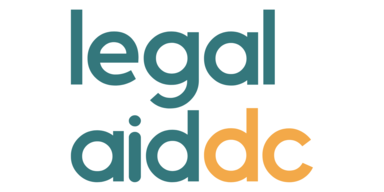
I checked out Bad Paper: Inside the Secret World of Debt Collectors from the public library after a law student I was interviewing for an internship recommended it. It sounded like a book I should have read already but hadn’t. So I started the book out of a sense of obligation and with some insecurity that our incoming summer intern may know more about the debt collection industry than I do. A few chapters in, I found myself choosing to keep reading Bad Paper instead of watching TV.
Bad Paper tells the story of two unlikely partners: rich, former banking executive Aaron Siegel in Buffalo, New York, and former armed bank robber Brandon Wilson in Maine. They are intrigued by each other’s very different worlds, and trust each other just enough to start working together. The duo makes a living purchasing packages of bundled debt that’s long been charged off by the creditor, collecting the debt from consumers who will pay, and then selling the remaining debts to other debt buyers. People in the industry call the debt “paper,” and it’s typically bought and sold (and resold) for pennies on the dollar. Bad Paper is a work of nonfiction that reads like fiction, which isn’t surprising from journalist Jake Halpern.
Much of what is depicted in Bad Paper wasn’t new to me. As an attorney who regularly represents consumers in debt collection cases, I wasn’t surprised to read that profits for debt buyers are astronomical. And I’d already known about the manipulative and legally questionable tactics that collectors use to get consumers to pay. I’m also familiar with debt buyers attempting to collect debts when they can neither establish chain of title nor verify the amount owed.
“Debt is the white man’s dope.”
What was eye-opening to me, though, were the parallels between the debt collection industry and the illegal drug trade. The similarities between the two are not limited to the structure: originator/supplier to broker/dealer to collector/seller to street. Many of the frontline employees for the debt buyers did not finish high school, were drug addicts, and/or served time in prison. Aaron consistently found that these individuals did a better job at collecting money from consumers than people who did not have a criminal background or had more education. Their method for resolving conflict also echoes scenes from the drug trade: guns and threats of physical violence. As one former felon-turned-debt collector in the book, Jimmy, put it: “That's why guys on the street, like me, we call debt the 'white man's dope.’” Similarities between the two industries also extend to the handling of the product. One collector confided that it is common to work in a few stolen accounts with legitimate ones to sweeten the return. "It's just like drugs, man," says Jimmy. "It's a hustle — only it's a legal hustle.”
Halpern successfully tells the story of individual players while also exposing the industry as one inherently inviting abuse. At times, the narrative is a touch scattered, and I would have appreciated a diagram at the beginning to better visualize the relationships between the various people. But the book was a page-turner, both engrossing and horrifying. I finished Bad Paper with the distinct feeling that Aaron and Brandon’s partnership was not unique, and that the debt collection industry is the perfect matchmaker between former bankers and former convicts, to the financial benefit of both.




